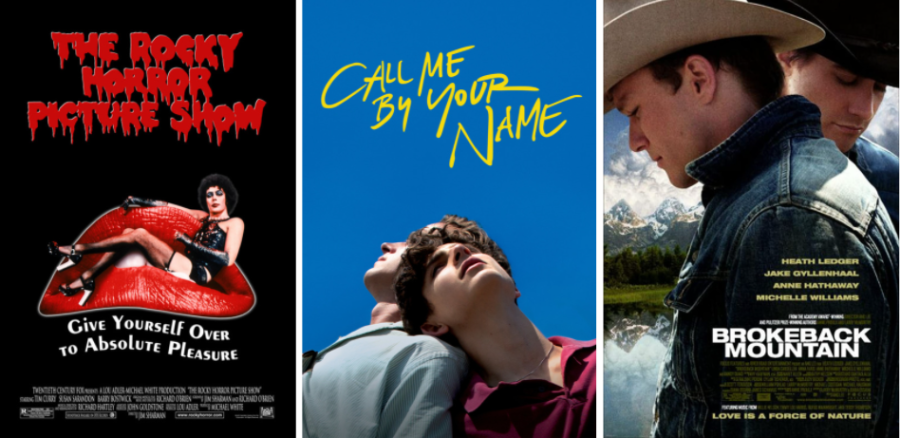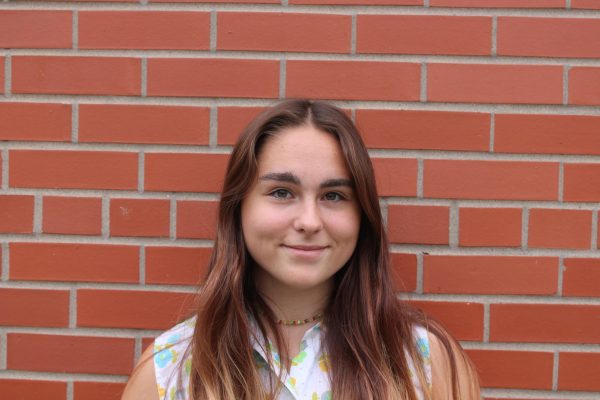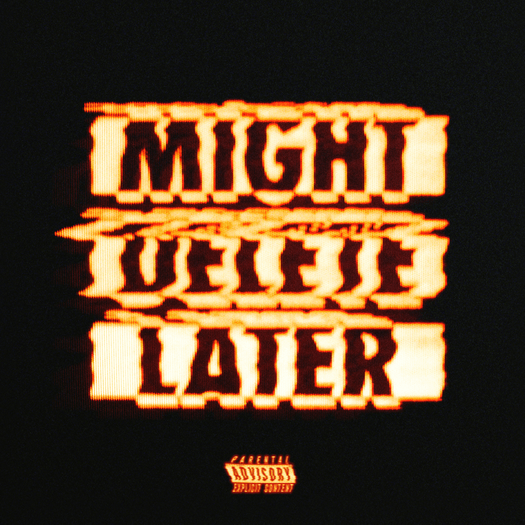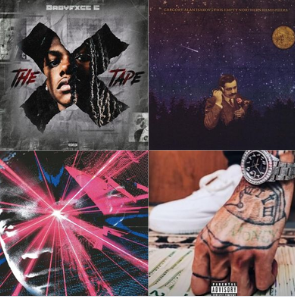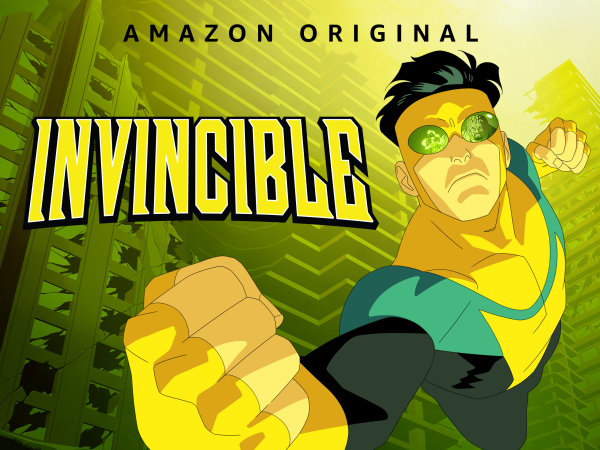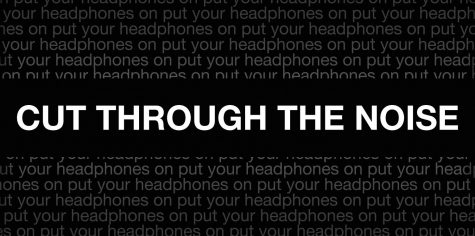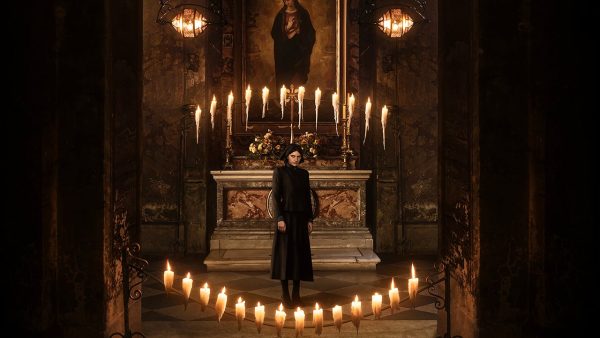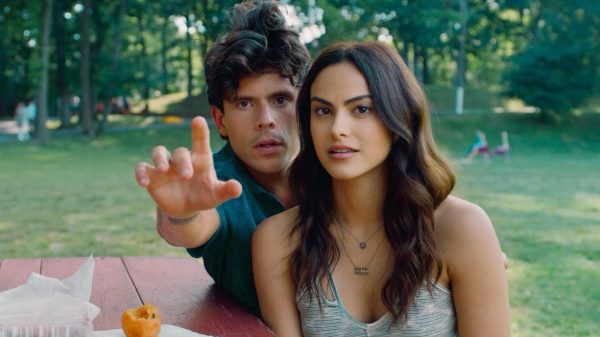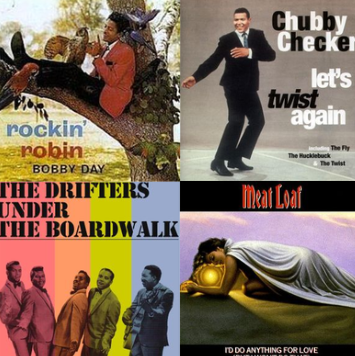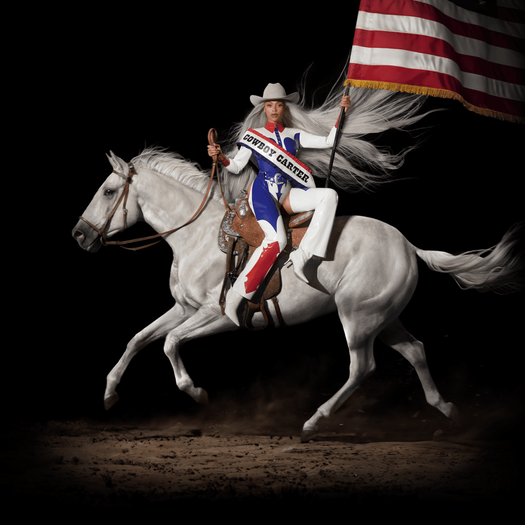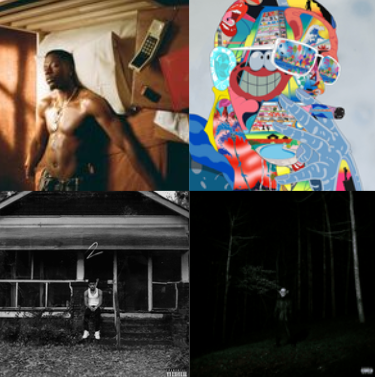LGBT+ representation in film
From censorship to celebration
May 17, 2022
Every June, people across the world celebrate Pride Month, which honors the struggles, experiences and history of the LGBT+ (lesbian, gay, bisexual, transgender, etc.) community. In honor of Pride Month, I’ve broken down the history of queer representation in film, how it’s changed and what problems are still present.
Movies have depicted the LGBT+ community for over half a century. This may seem like a long time, but that’s because much of this ‘representation’ has deeply negative, homophobic and transphobic connotations. The film industry, public opinion and marital laws have changed a lot over the past few decades. But how has LGBT+ representation in film changed with the times?
1910s
During the mid-1910s, various Charlie Chaplin movies were some of the first to use queer appearances as jokes. Films like “A Woman” and “Behind the Curtain” employed gags about cross dressing and men kissing each other solely for humorous purposes.
1920s
Less than a decade later, the silent movie “Manslaughter” made history in 1922, featuring the first non-comical gay kiss. In 1927, the first ever Academy Awards Best Picture winner, “Wings,” included a kiss between two soldiers during WWI. Around this time, there were a myriad of films that included queer characters, but they were often not the focus of the project and received limited screen time.
1934-1968
From 1934 to 1968, Hollywood had a set of self-censorship rules, called the Motion Picture Production Code (or Hays Code), that prohibited various indecencies in movies, such as sexually promiscuous language or nudity, rape, profanity and violence. Although it was unclear, alluding to homosexual or gender non-conformity was also part of this list. If a filmmaker wished to include any sort of queerness, they had to be very careful about how they conveyed it. While some movies included heavily queercoded characters in a relatively positive way, this didn’t stop Hollywood from including villainous or slapstick caricatures of the LGBT+ community.
1960s
One of the many movies to challenge the Hays Code was “Victim” in 1961, which follows a gay man uncovering a blackmail scheme against gay couples in London. Not only did the film not get the stamp of approval from the American Motion Picture Code, it was also controversial for the British Board of Film Censors. “Victim” is credited as the first movie to ever use the word “homosexual” on screen. Its entirety is centered around homophobia in Britain, which acted as a protest to the discriminatory laws of the time.
During the time of the Hays Code and up until the early ‘90s, the majority of queer actors and filmmakers stayed in the closet. This was due not only to the public backlash they’d experience, but also because it would threaten their careers. For example, actor Monty Wooley who was in ‘40s movies such as “The Bishop’s Wife,” was discreetly revealed to have a gay companion by an anonymous source. This caused him to be added to Hollywood’s unofficial ‘blacklist’ of actors who were known to be gay and were refused work.
1970s
During the ‘70s, the films of director John Waters were influential in painting the LGBT+ community in a positive light. His movie “Pink Flamingos” starred a drag queen named Divine, who made appearances in many of Waters’ other films. In 1975, Jim Sharman’s “Rocky Horror Picture Show” included a cross-dressing pansexual named Dr. Frank N. Furter, and had various themes of gender fluidity, androgyny and sexual experimentation. This production greatly impacted the LGBT+ community, both for its broad portrayal of sexualities and gender identities and expressions, and its unapologetic nature. For many “Rocky Horror Picture Show” cult followers, the film made them think about gender and sexuality in a completely different way, and aided in affirming their identities.
1980s
In 1982, gay screenwriter Barry Sandler wrote “Making Love” about a married man who realizes he’s gay and in love with another man. Sandler said his goal with the production was to create a positive gay role model. Just three years later, “Desert Hearts” was the first wide release film to positively portray a lesbian relationship (and give them a happy ending). Another extremely influential piece of queer cinema is “Parting Glances” from 1986, which was the first film to tackle the AIDS crisis. Both the pandemic and the movie had a vast impact on queer men in the late ‘80s and early ‘90s.
1990s
The ‘90s were a revolutionary time for LGBT+ media, as the decade experienced an influx of queer independant films. This movement was named the New Queer Cinema. In 1990, “Paris is Burning” encompassed the New York Black and Latino queer ballroom scene, focusing on drag queens and trans women. 1999 gave us the popular teen lesbian coming-of-age movie, “But I’m a Cheerleader,” which brought to light the realities of conversion therapy in a satirical sense. The film follows a teen girl who is sent to conversion camp after being suspected of being a lesbian. Once she gets there, however, she falls in love with another girl at the camp and is affirmed in her sexuality. “But I’m a Cheerleader” features possibly the most famous drag queen, RuPaul, further emphasizing the queer themes of the movie.
2000s
More history was made in 2005 with three-time Oscar winner “Brokeback Mountain,” which follows the secret romance of two cowboys. The movie proved that queer relationships are worthy of being featured in mainstream media, not just independent projects. “Brokeback Mountain” blazed the trial for future queer projects.
2017-present
In 2017, “Moonlight,” a movie about a young man coming to terms with his sexuality, won the Best Picture award. This was groundbreaking, and a clear sign of progress in Hollywood. Around the same time, movies like “Love, Simon,” “Call Me By Your Name” and “Portrait of a Lady on Fire” were also reaching millions of people, including those outside the queer community. This was yet another big step for LGBT+ representation in mainstream media.
Clearly, the film industry has made great progress over the last century in terms of positively illustrating queer identities and relationships. Between breaking down stereotypes, creating positive connotations and giving queer people happy endings, there have been some vast improvements. But, there is still room for improvement and growth.
One issue many people have with LGBT+ representation in the film industry is that oftentimes, queer characters are portrayed by straight, cisgender actors, or are directed by straight directors. People have various opinions on this topic, which has caused some discourse in the film community.
Another issue that has arisen in movies in recent years is the focus on the sexuality or gender identity of characters rather than their personality or who they are as a whole. This is present in two ways. The first is when the main character of the story is straight, but they have a ‘gay best friend’ that tends to perpetuate stereotypes. This reduces the character down to only their sexuality, belittling them and making queer viewers feel that they are only identifiable by that part of themselves.
The issue is also present in movie where the main character is queer, and the storyline follows some aspect of their realization, coming out or relationships experience. Although movies like these are important, there needs to be more inclusion of LGBT+ characters whose queerness is not the focus of the story. For example, the 2019 film “Booksmart” includes two best friends who have a crazy adventure on their last night of high school. One of the friends is a lesbian — but that’s not the focus of the movie nor her character. Overall, although there are still some problems, LGBT+ representation in film has greatly improved since the beginning of filmography, and has created relatable media for many queer people.



